搜索结果: 'methocult media formulations for mouse hematopoietic cells serum containing'
-
 ImmunoCult™ 小鼠B细胞扩增试剂盒 用于小鼠B细胞体外扩增的无血清培养试剂盒
ImmunoCult™ 小鼠B细胞扩增试剂盒 用于小鼠B细胞体外扩增的无血清培养试剂盒 -
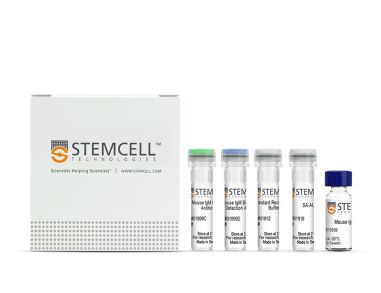 小鼠IgM抗体对ELISA试剂盒 用于小鼠免疫球蛋白M的检测和测定
小鼠IgM抗体对ELISA试剂盒 用于小鼠免疫球蛋白M的检测和测定 -
 EasySep™ 小鼠CD45正选试剂盒 免疫磁珠正选小鼠CD45+细胞
EasySep™ 小鼠CD45正选试剂盒 免疫磁珠正选小鼠CD45+细胞 -
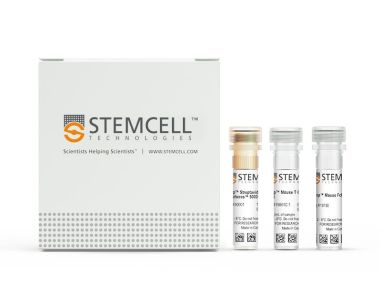 EasySep™小鼠T细胞分选试剂盒 不带标记的小鼠T细胞免疫磁珠负选
EasySep™小鼠T细胞分选试剂盒 不带标记的小鼠T细胞免疫磁珠负选 -
 ImmunoCult™ 小鼠Th1分化添加剂 小鼠naïve CD4+ T细胞向Th1细胞分化的无血清培养补充
ImmunoCult™ 小鼠Th1分化添加剂 小鼠naïve CD4+ T细胞向Th1细胞分化的无血清培养补充 -
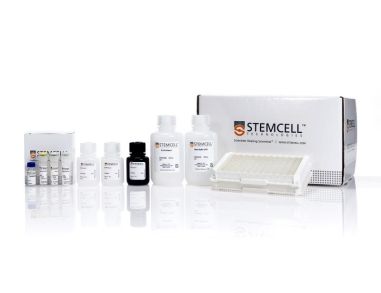 小鼠IL-12/-23 (p40)酶联免疫吸附测定试剂盒 用于小鼠白细胞介素12/23 p40亚基的检测和测定
小鼠IL-12/-23 (p40)酶联免疫吸附测定试剂盒 用于小鼠白细胞介素12/23 p40亚基的检测和测定 -
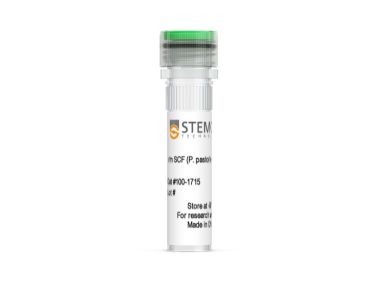 重组小鼠SCF(P. pastoris表达) 干细胞因子
重组小鼠SCF(P. pastoris表达) 干细胞因子 -
 PancreaCult™类器官生长培养基(小鼠) 建立和维持小鼠胰腺外分泌类器官的细胞培养基
PancreaCult™类器官生长培养基(小鼠) 建立和维持小鼠胰腺外分泌类器官的细胞培养基 -
 EasySep™ 小鼠F4/80正选试剂盒 从小鼠脾细胞、肺组织和腹腔灌洗液中免疫磁珠正选小鼠F4/80+细胞
EasySep™ 小鼠F4/80正选试剂盒 从小鼠脾细胞、肺组织和腹腔灌洗液中免疫磁珠正选小鼠F4/80+细胞 -
 EasySep™小鼠B细胞分选试剂盒 通过免疫磁珠负选分离出无磁珠标记的小鼠B细胞
EasySep™小鼠B细胞分选试剂盒 通过免疫磁珠负选分离出无磁珠标记的小鼠B细胞 -
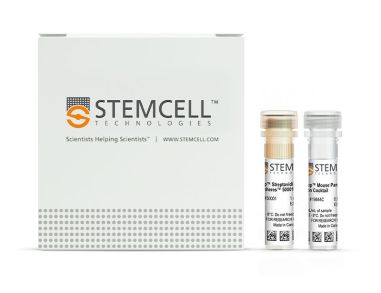 EasySep™小鼠Pan-B细胞分选试剂盒 免疫磁珠负选未标记的小鼠Pan-B(CD19+、CD19+CD138+、CD138+)细胞
EasySep™小鼠Pan-B细胞分选试剂盒 免疫磁珠负选未标记的小鼠Pan-B(CD19+、CD19+CD138+、CD138+)细胞 -
 EasySep™小鼠浆细胞样DC分选试剂盒
EasySep™小鼠浆细胞样DC分选试剂盒对来源于小鼠脾细胞或其他组织单细胞悬液的未标记 pDCs 进行免疫磁珠负选分离


 EasySep™小鼠TIL(CD45)正选试剂盒
EasySep™小鼠TIL(CD45)正选试剂盒





 沪公网安备31010102008431号
沪公网安备31010102008431号